As winter approaches, the excitement of witnessing snowfall captivates many a wanderer. With the post-Diwali drop in temperatures across India, the quest for a snowy escapade becomes ever more enticing. While I have previously highlighted hidden gems in Himachal Pradesh perfect for snowfall lovers, this guide will walk you through planning a seamless trip that ensures you don’t miss the magic of snow. Would you like to experience the enchantment of snowfall this winter? Let’s begin.

1. Choose the Right Time
It’s common to assume that December is the ideal month to experience snowfall. Many travelers plan their trips around Christmas or New Year’s Eve, heading to popular hill stations in Himachal Pradesh, Uttarakhand, or Kashmir. However, December often falls short of expectations. Not only are these destinations teeming with crowds during the festive season, but the roads are also congested, and hotel prices surge. Instead, consider January or February as your best bet. By this time, the holiday rush has subsided, prices have normalized, and winter is in full force. This is when the mountains truly come alive with snowfall, offering an unspoiled and serene experience.
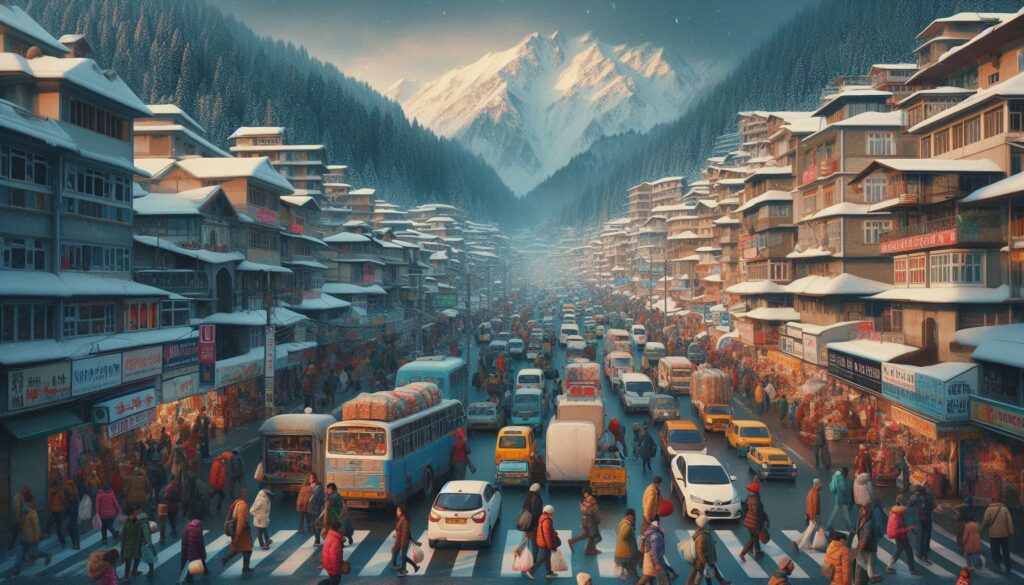
2. Keep an Eye on Weather Patterns
Snowfall occurs when precipitation coincides with sub-zero temperatures. In India, while monsoons dominate the majority of rainfall, northwestern regions like Jammu and Kashmir, Himachal Pradesh, Punjab, Haryana, Delhi, Uttarakhand, and parts of Uttar Pradesh and Rajasthan experience winter rains due to Western Disturbances (WD). Originating from the Mediterranean Sea, these moist winds are pivotal for snowfall in the Indian Himalayas. The period from November to early summer witnesses periodic WD activity, roughly occurring every two weeks. The higher you venture into the mountains, the greater the frequency of these events. While weather forecasts in India may lack perfect accuracy, you can usually rely on a window of +/- two days around the predicted date. If you live near the Himalayan range, planning is simpler as the winds responsible for mountain snow often bring light rain to the plains.

3. Dress for the Cold
The chill of the Himalayan winter is relentless, so dressing appropriately is essential. Underestimating the cold can lead to discomfort and spoil your experience. Start with thermal inners as your base layer, followed by cotton t-shirts or kurtas. Add a fleece jacket for warmth and top it off with an overcoat. If you’re still feeling the chill, layer up further with a hoodie or sweater. Don’t forget to cover your extremities—woollen gloves, socks, and comfortable, insulated shoes are crucial. A warm headcap or beanie is also essential. And yes, style counts! With the right colour combinations, your selfies will look fantastic while keeping you cosy.
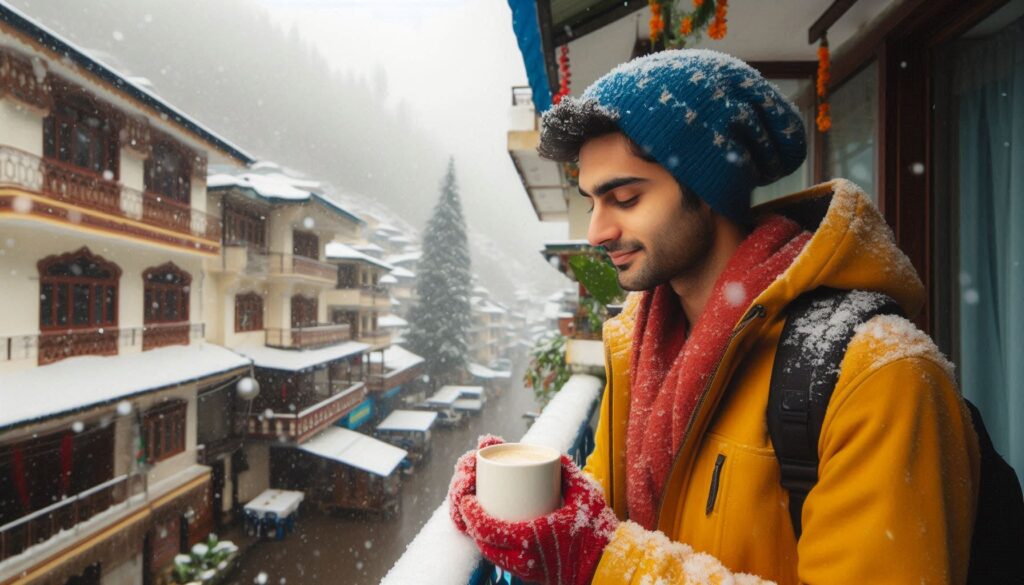
4. Prepare for Extreme Conditions
While winter precipitation during WD isn’t as severe as monsoon rains, it can still cause disruptions. Dense fog and poor visibility can pose significant challenges, especially if you’re driving. One major hazard is black ice, which forms when melted snow refreezes overnight, creating an almost invisible, slippery surface. This thin layer, often camouflaged by tar, mud, and vehicle emissions, can be treacherous. If you’re not experienced in navigating black ice, your vehicle could slide dangerously. For safety, heed local advisories; for example, roads in Manali are sometimes closed to outside vehicles to prevent accidents. Respect these restrictions and avoid unnecessary risks. Additionally, heavy snowfall can sometimes lead to power outages, so carry power banks, flashlights, and some extra cash to be prepared.
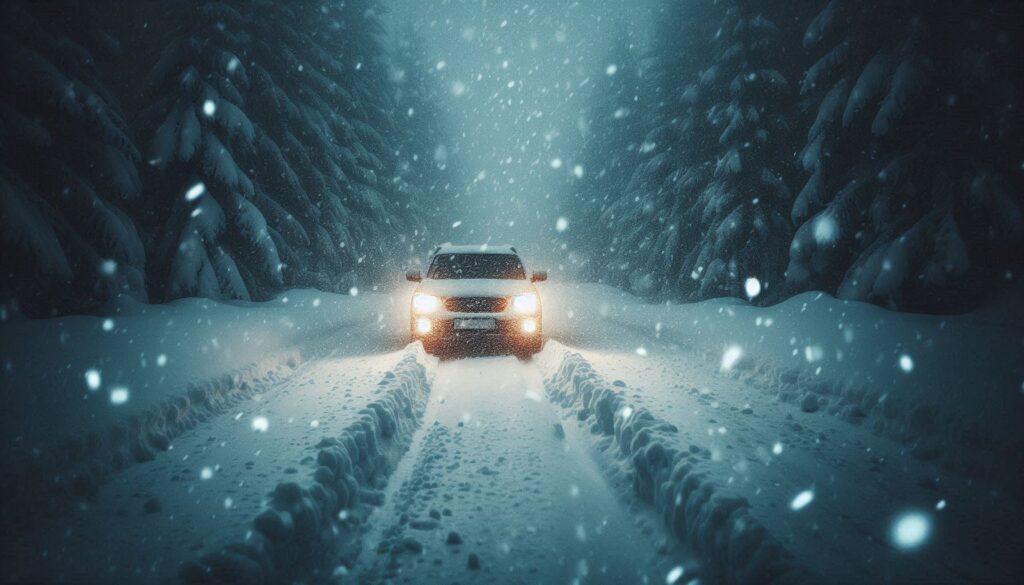
5. Recognizing Snowfall
Understanding the different forms of winter precipitation can enrich your experience. True snowfall is light and powdery, almost like delicate talcum powder floating through the air. If you observe larger, heavier white clumps, you are likely witnessing ice rain. And if tiny, hard ice pellets are bouncing off surfaces, you’re experiencing a hailstorm. While not all forms of precipitation are equally pleasant to be out in, they’re all captivating to watch from the comfort of a cosy room with a warm drink in hand.
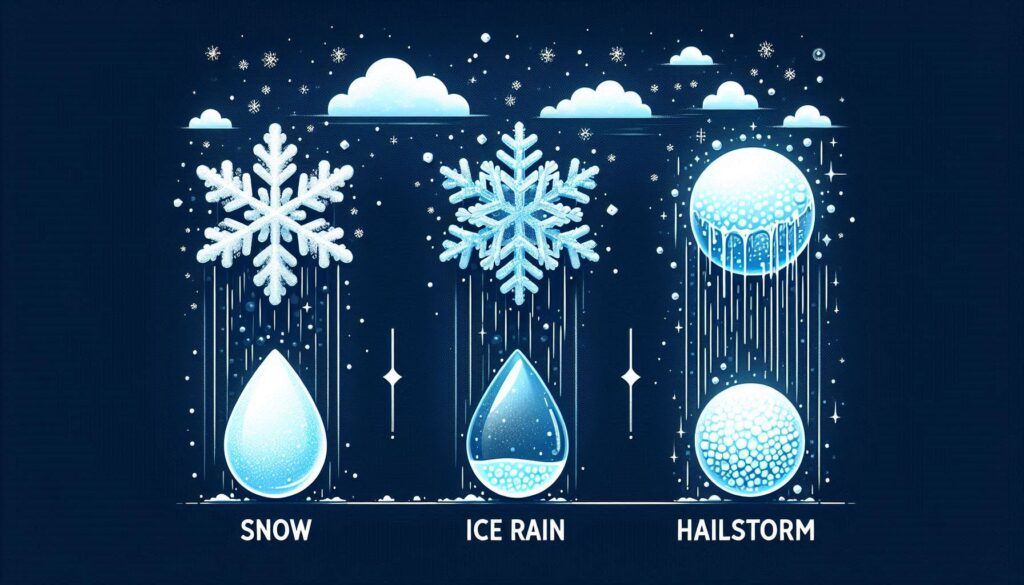
6. When Snowfall Eludes You
If, despite your best efforts, you don’t experience live snowfall, don’t be disheartened. Snow-clad landscapes after a recent snowfall, basking under a clear blue sky, are breat-taking and perfect for photography. To maximize your chances, plan for a flexible itinerary and allow for a couple of buffer days. If experiencing snowfall is your top priority, avoid cramming your schedule. Choose a destination known for reliable snowfall and stay for at least 3-5 days. Elevation also plays a role—higher altitudes tend to have more frequent snowfall. For instance, if you’re in Manali, consider heading to Sissu, or if you’re in Shimla, take a trip to Narkanda. The higher you go, the better your chances.
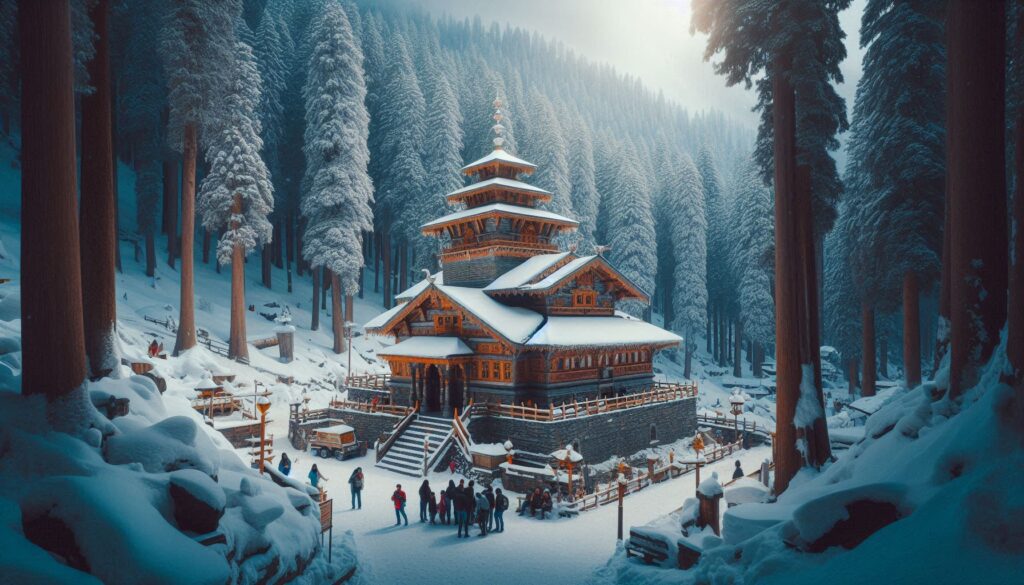
Final Thoughts
For those from the hot, sun-scorched plains, snowfall is an extraordinary, often once-in-a-lifetime experience. It’s an encounter that stirs joy and wonder. So, take note of these pointers, pack your bags with excitement and anticipation, and set off to create memories that will last a lifetime. Wishing you a winter filled with snow-kissed moments!